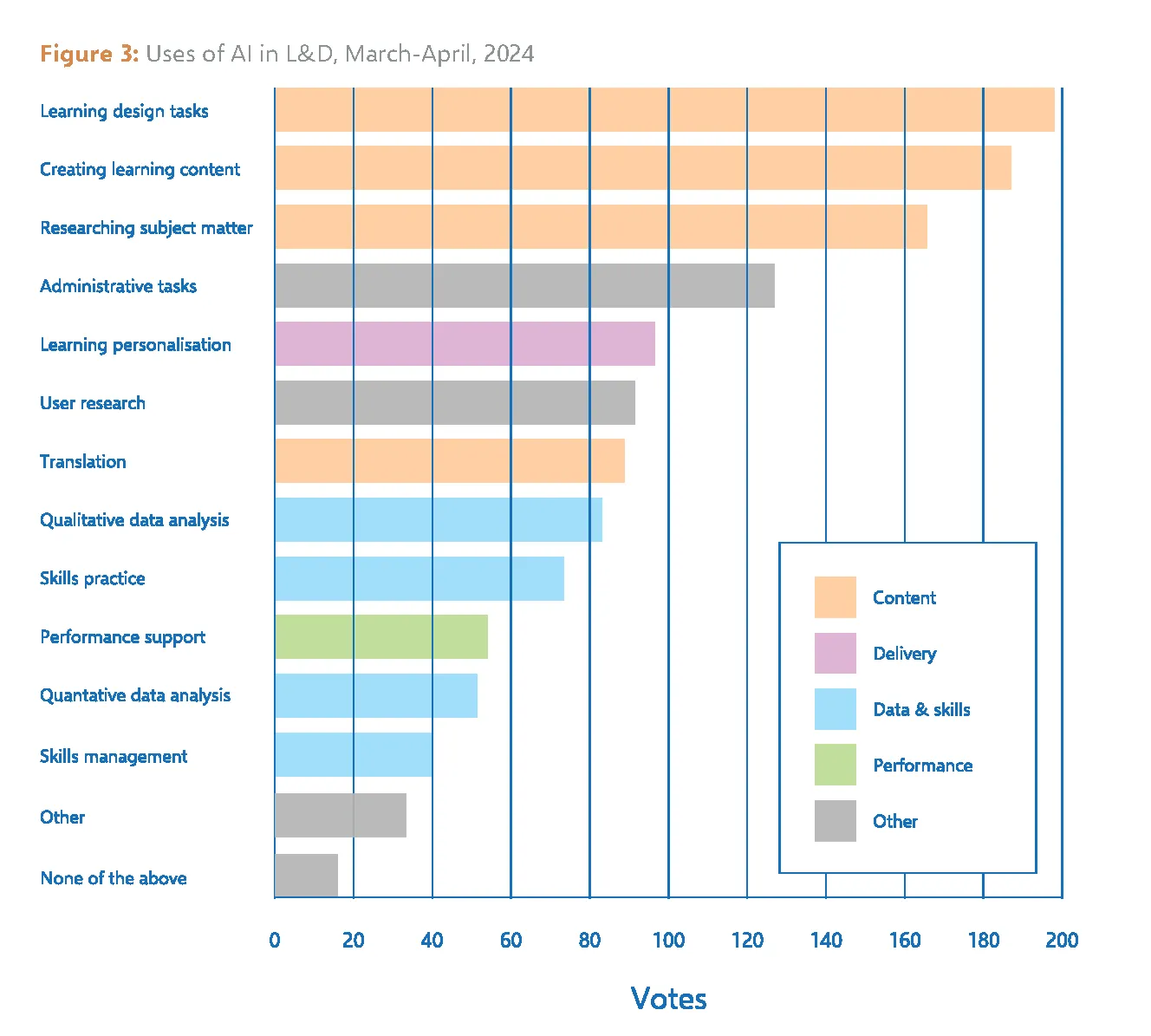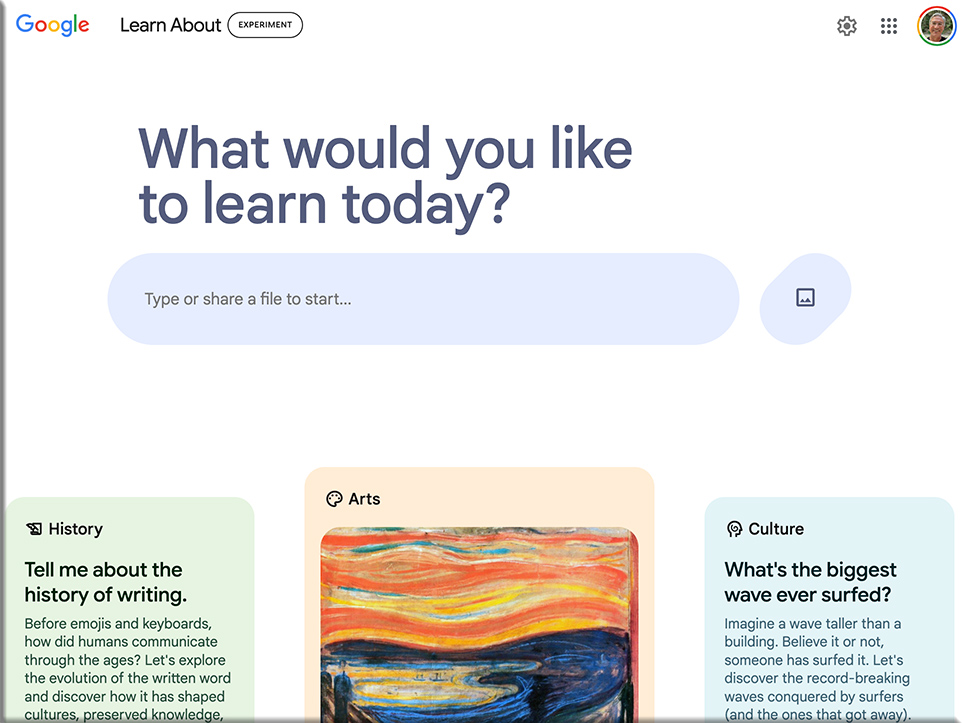Five key issues to consider when adopting an AI-based legal tech — from legalfutures.co.uk by Mark Hughes
As more of our familiar legal resources have started to embrace a generative AI overhaul, and new players have come to the market, there are some key issues that your law firm needs to consider when adopting an AI-based legal tech.
- Licensing
- Data protection
- The data sets
- …and others
Knowable Introduces Gen AI Tool It Says Will Revolutionize How Companies Interact with their Contracts — from lawnext.com by Bob Ambrogi
Knowable, a legal technology company specializing in helping organizations bring order and organization to their executed agreements, has announced Ask Knowable, a suite of generative AI-powered tools aimed at transforming how legal teams interact with and understand what is in their contracts.
Released today as a commercial preview and set to launch for general availability in March 2025, the feature marks a significant step forward in leveraging large language models to address the complexities of contract management, the company says.
The Global Legal Post teams up with LexisNexis to explore challenges and opportunities of Gen AI adoption — from globallegalpost.com by
Series of articles will investigate key criteria to consider when investing in Gen AI
The Global Legal Post has teamed up with LexisNexis to help inform readers’ decision-making in the selection of generative AI (Gen AI) legal research solutions.
The Generative AI Legal Research Hub in association with LexisNexis will host a series of articles exploring the key criteria law firms and legal departments should consider when seeking to harness the power of Gen AI to improve the delivery of legal services.
Leveraging AI to Grow Your Legal Practice — from americanbar.org
Summary
- AI-powered tools like chat and scheduling meet clients’ demand for instant, personalized service, improving engagement and satisfaction.
- Firms using AI see up to a 30% increase in lead conversion, cutting client acquisition costs and maximizing marketing investments.
- AI streamlines processes, speeds up response times, and enhances client engagement—driving growth and long-term client retention.
How a tech GC views AI-enabled efficiencies and regulation — from legaldive.com by Justin Bachman
PagerDuty’s top in-house counsel sees legal AI tools as a way to scale resources without adding headcount while focusing lawyers on their high-value work.
Innovations in Legal Practice: How Tim Billick’s Firm Stays Ahead with AI and Technology — from techtimes.com by Elena McCormick
Enhancing Client Service through Technology
Beyond internal efficiency, Billick’s firm utilizes technology to improve client communication and engagement. By adopting client-facing AI tools, such as chatbots for routine inquiries and client portals for real-time updates, Practus makes legal processes more transparent and accessible to its clients. According to Billick, this responsiveness is essential in IP law, where clients often need quick updates and answers to time-sensitive questions about patents, trademarks, and licensing agreements.
AI-driven client management software is also part of the firm’s toolkit, enabling Billick and his team to track each client’s case progress and share updates efficiently. The firm’s technology infrastructure supports clients from various sectors, including engineering, software development, and consumer products, tailoring case workflows to meet unique needs within each industry. “Clients appreciate having immediate access to their case status, especially in industries where timing is crucial,” Billick shares.
New Generative AI Study Highlights Adoption, Use and Opportunities in the Legal Industry — from prnewswire.com by Relativity
CHICAGO, Nov. 12, 2024 /PRNewswire/ — Relativity, a global legal technology company, today announced findings from the IDC InfoBrief, Generative AI in Legal 2024, commissioned by Relativity. The study uncovers the rapid increase of generative AI adoption in the legal field, examining how legal professionals are navigating emerging challenges and seizing opportunities to drive legal innovation.
The international study surveyed attorneys, paralegals, legal operations professionals and legal IT professionals from law firms, corporations and government agencies. Respondents were located in Australia, Canada, Ireland, New Zealand, the United Kingdom and the United States. The data uncovered important trends on how generative AI has impacted the legal industry and how legal professionals will use generative AI in the coming years.



















